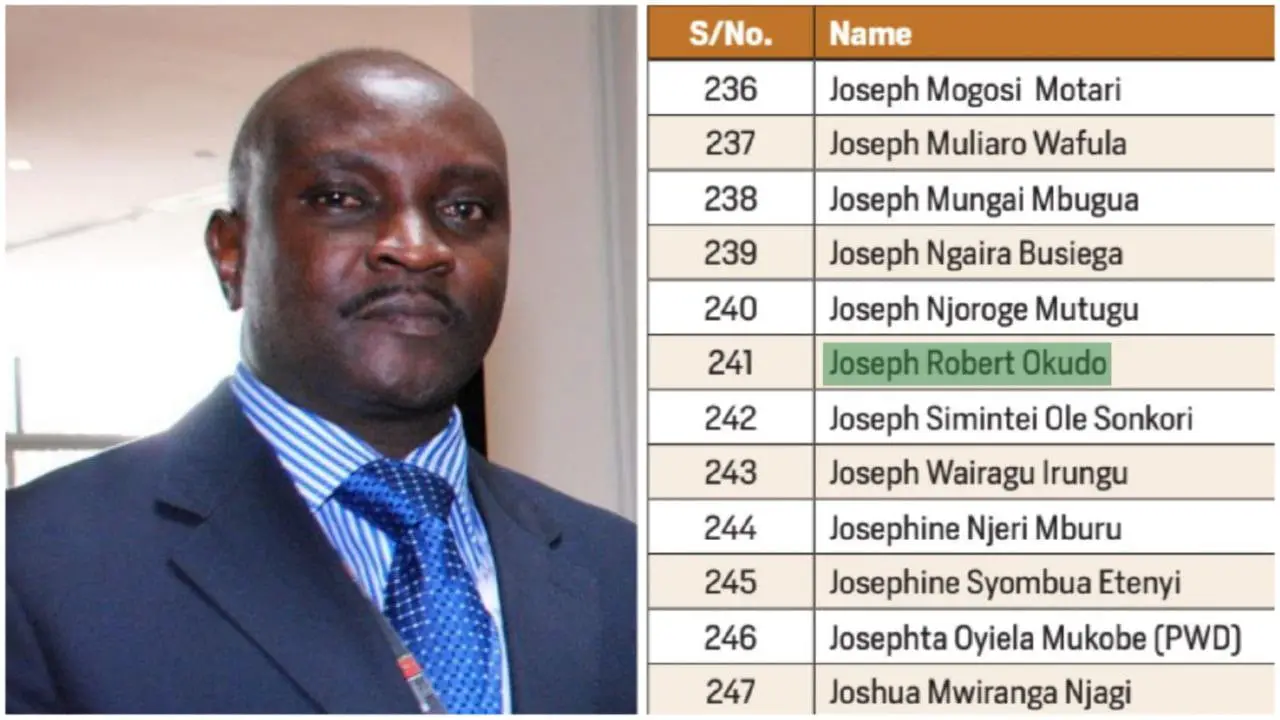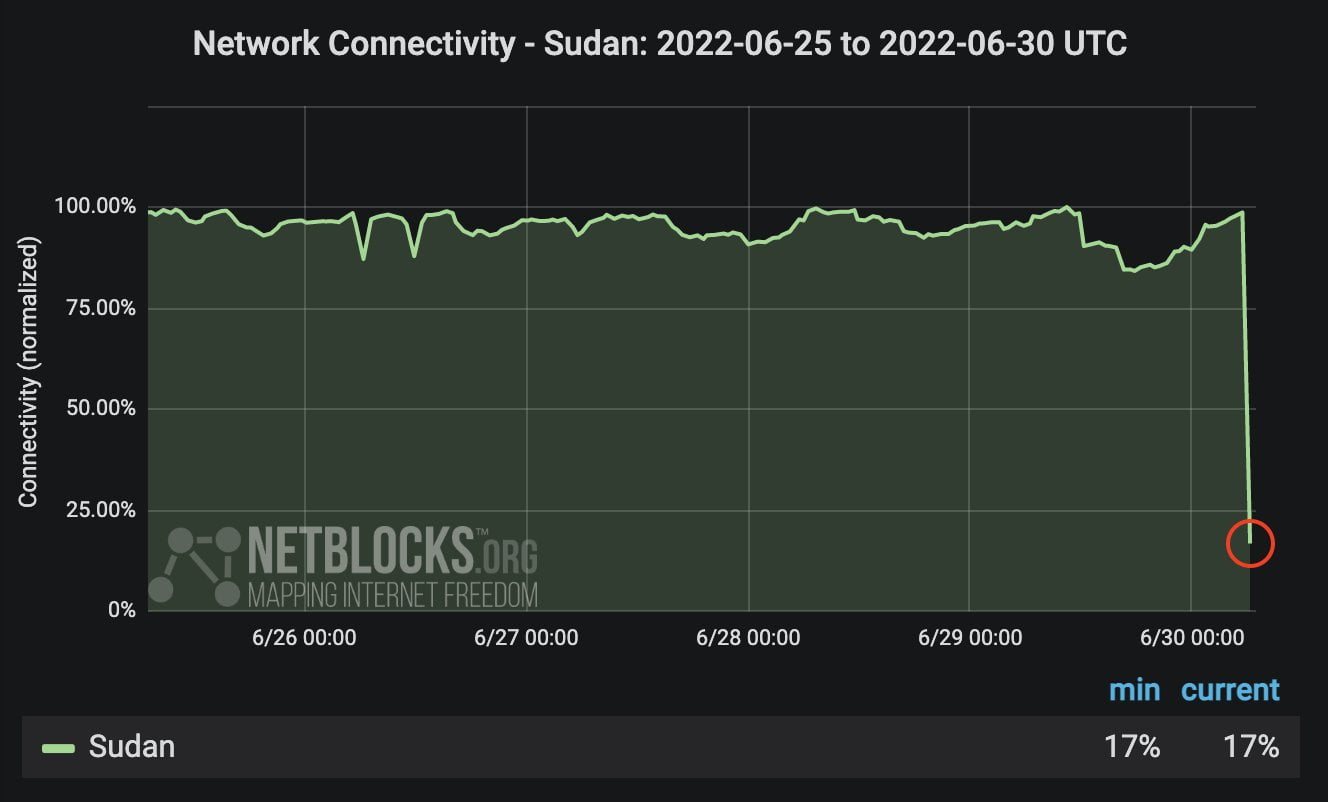[ad_1]
East Africa Hit By The Worst Locust Invasion In 25 Years
By Soko Directory Team / January 24, 2020 | 2:51 pm

The current Desert Locust situation poses a serious threat to food security and livelihoods. Large and numerous swarms continue to destroy crops and pastures across parts of Ethiopia, Somalia, and Kenya.
Locust breeding and movements are taking place also in Djibouti, Eritrea, and Sudan. There is a high risk that swarms could appear in northeast Uganda, southeast South Sudan and southwest Ethiopia.
The high risk of further spread in the East Africa region necessitates an immediate and significant intensification of control activities.
This is the worst Desert Locust situation in 25 years for most of the affected countries – for Kenya, in 70 years, according to the Food and Agriculture Organization of the United Nations (FAO).
Unusual weather and climate conditions have contributed to the spread, including heavy and widespread rains since October 2019.
A further increase in locust swarms is likely to continue until June due to the continuation of favorable ecological conditions for Desert Locust breeding.
According to the Food Security and Nutrition Working Group (FSNWG) most recent update, the East Africa region is already experiencing a high degree of food insecurity, with over 19 million people coping with Crisis (IPC Phase 3) or higher levels of hunger.
Under a worst-case scenario, where the current locust upsurge is not quickly contained and becomes a plague by the next main cropping season, significant crop and pasture losses would cause food security in affected areas to worsen further.
Kenya
Immature and maturing swarms continue to arrive in the northeast from Ethiopia and Somalia and are moving throughout northern areas in Mandera, Wajir and Marsabit counties and have reached central areas of Isiolo, Meru North, and northern Laikipia.
Some swarms in the north have moved back into southern Ethiopia while others are now mature and laying eggs that will hatch after about two weeks, giving rise to hopper bands in February and March. Today, a swarm reached the southern Rift Valley near Kapedo on the border of Baringo and Turkana counties.
Immature swarms were also spotted in Mwingi, Kitui County. Aerial and ground control operations are in progress in some areas. Further movements are expected, especially in Turkana and Marsabit counties.
Ethiopia
Ground and aerial control operations continue against immature swarms in Somali and South Oromiya regions. Some swarms are maturing while others are moving south and west into the southern parts of the country.
At least one swarm has reached the edge of the Rift Valley in Southern Nations Nationalities and Peoples Region (SNNPR). Some 6 000 ha were treated by air so far this month.
Somalia
Control operations are in progress in the northeast (Puntland) while maturing swarms continued to move southwards in central and southern areas. Some swarms were seen laying eggs in the south adjacent to northeast Kenya. Survey and control operations are limited by insecurity.
SouthSudan
There remains a high risk of a few swarms appearing at any time in the southeast (Kapoeta East and Ilemi Triangle) coming from adjacent areas of NW Kenya, flying north through the Rift Valley or northwest from Marsabit county. They may transit through the area to the Rift Valley in southwest Ethiopia.
Uganda
There remains a moderate risk of a few swarms appearing at any time in the northeast from adjacent areas of NW Kenya until about the end of January.
David Phiri, FAO Subregional Coordinator for Eastern Africa and Representative to the African Union and the United Nations Economic Commission for Africa warned: “We must act immediately and at scale to combat and contain this invasion. As the rains start in March there will be a new wave of locust breeding. Now is, therefore, the best time to control the swarms and safeguard people’s livelihoods and food security, and avert a further worsening of the food crisis”. The Governor of Mandera County in Kenya H. E. Ali Roba issued a press statement via the Mandera Media Agency on the 8th of January 2020 “Unfortunately counties are ill-prepared technically, financially and we lack the capacity and expertise to handle such disastrous invasion by locusts.”
“The Desert Locust outbreak was clearly worsened by the unusually heavy rains experienced in the region. This has been a year of extremes and climate anomalies for East Africa, a region that hosts some of the most vulnerable populations of the world. 2019 brought us unusual cyclonic activity – 8 cyclones, the highest number in a single year since 1976, forming over the northern Indian Ocean -, droughts, floods, and a desert locust outbreak. Our Climate is changing and it is already leading to hundreds of casualties and affecting the livelihoods of millions of people in our region” says GuleidArtan, Director of IGAD’s Climate Predictions and Applications Center.
“Urgent action is required to halt the spread of this devastating infestation and avert a worst-case scenario,” said Ms. Gemma Connell, Head of OCHA’s Regional Office for Southern and Eastern Africa. “The Emergency Relief Coordinator, Mr. Mark Lowcock, has released US$10 million from the Central Emergency Response Fund to enable a massive and rapid scale-up in air and ground control operations to reduce locust numbers. However, much more is needed, and we call upon the international community to respond generously at this time of critical need. Inaction today will cost lives and livelihoods tomorrow.”
READ: Imminent Starvation As Vicious Locusts Invade More Than 10 Counties
More Articles From This Author
[ad_2]
Source link
















































